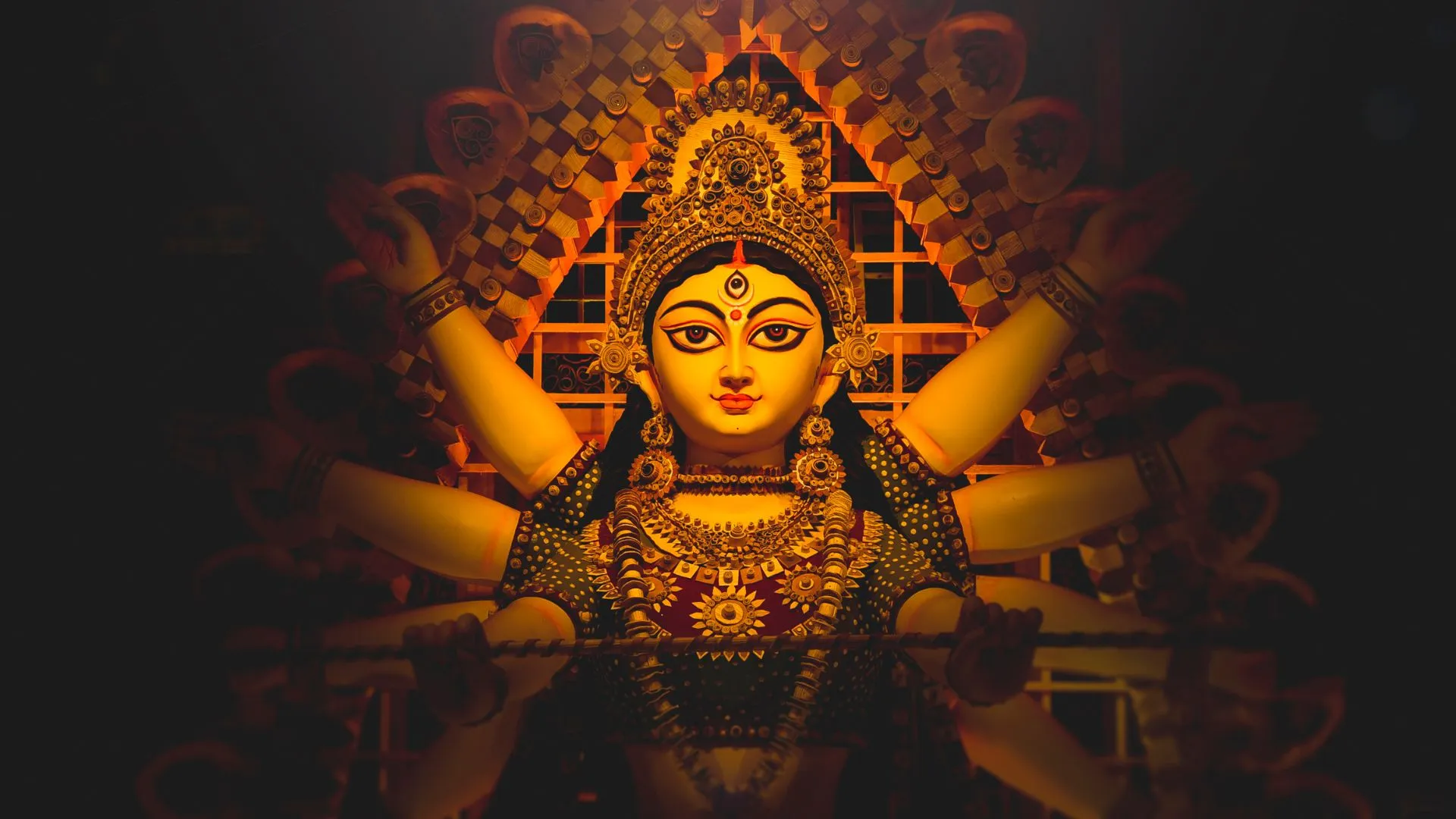How to Perform Navratri Puja: A Step-by-Step Guide to Embrace the Festive Spirit


Navratri, the nine-night festival dedicated to the worship of Goddess Durga, is a celebration that fills homes with devotion, joy, and the promise of new beginnings. Rooted in Indian tradition, this festival symbolizes the triumph of good over evil and invites a deeper connection with the divine. For many, performing the Navratri puja (worship) is an integral part of this spiritual journey, allowing families to come together in prayer, music, and dance. Whether you're a seasoned devotee or experiencing Navratri for the first time, this step-by-step guide will help you embrace the festive spirit and perform the puja with ease and reverence.
Before you begin the Navratri puja, it's important to prepare your sacred space. Choose a clean, quiet corner in your home where you can set up a small altar or prayer area. Traditionally, this space is adorned with images or idols of Goddess Durga, along with other deities such as Lakshmi, Saraswati, and Ganesha.
Decorate the area with flowers, garlands, and incense sticks to invite positivity and peace. Some also prefer lighting oil lamps or diyas to enhance the divine ambiance. You can even add a beautiful touch with artistic decor pieces like a handmade brass wall décor diya set, creating a serene atmosphere filled with light and warmth.
The installation of the Kalash is a crucial part of the Navratri puja. The Kalash, a metal or clay pot filled with water, is a symbol of life and fertility. To install it, first purify it by washing it with clean water. Then, place mango leaves around the mouth of the Kalash and cover it with a coconut.
Place this sacred pot at the center of your altar, as it represents the goddess and her divine energy. During the nine days, the Kalash is worshiped daily to invoke blessings from the goddess.
Now that your sacred space and Kalash are set, it's time to invoke the presence of Goddess Durga. Begin by chanting Durga mantras or reciting the Durga Saptashati, a sacred text that celebrates the various forms of the goddess and her power. The chants and prayers create a deep connection between you and the divine.
Each day of Navratri is dedicated to one of Durga’s nine avatars, so you can focus on one form each day. Offer fresh flowers, fruits, sweets, and a lit diya as part of your daily offering. You can even personalize this moment by including small tokens, like a Laxmi Charan, symbolizing the divine blessings of wealth and prosperity that come with worshiping the goddess.
Many devotees observe fasting during Navratri as a form of spiritual discipline and devotion. The type of fasting may vary—from completely abstaining from food to eating only fruits, milk, or a specific diet like Sabudana khichdi or Kuttu ki puri.
In the evenings, once the prayers are completed, families gather to enjoy festive meals that include a variety of vrat (fasting) foods, made from ingredients that align with the rules of Navratri fasting.
Alongside fasting, feasting is an important part of the celebrations, and these meals often include sweets and delicacies. For instance, during the preparations, you can add a lovely touch to your home or gifts by incorporating something like a Mukhwas tin or a Reed Diffuser, enhancing both your culinary and spiritual experiences.
Every evening during Navratri, devotees gather around the altar to perform the Durga aarti (ritual of worship) and sing bhajans (devotional songs). Aarti symbolizes the offering of light to the goddess, and it is considered one of the most powerful rituals to seek her blessings.
You can perform aarti by lighting a ghee diya and rotating it in a circular motion in front of the goddess’s image or idol. Bhajans can be sung in praise of Durga, accompanied by musical instruments like the dhol or harmonium, bringing the entire family together in a joyous expression of devotion.
The eighth (Ashtami) or ninth (Navami) day of Navratri is often reserved for the special Kanya Puja, where young girls, symbolizing the goddess, are worshiped. Traditionally, nine girls are invited to the home, and their feet are washed as a sign of respect.
The girls are offered a meal that includes traditional dishes like puri, chana, and halwa, along with small gifts as a gesture of love and blessings. This ritual honors the divine feminine in its purest form and is a heartwarming way to conclude the Navratri celebrations.
On the final day of Navratri, the Kalash and the images or idols of the goddess are symbolically immersed in water. This marks the end of the festival and signifies the goddess returning to her heavenly abode. Many families perform this ritual at home, while others visit a nearby river or pond for the immersion.
Before the immersion, perform a final aarti and offer a heartfelt prayer for the goddess’s blessings, requesting her continued protection, prosperity, and happiness for the family.
Navratri is a time of spiritual renewal and celebration, offering a chance to come together in prayer, devotion, and reflection. With this guide, you can perform the Navratri puja with ease and honor the divine energy of Goddess Durga. May the goddess bless you and your family with love, prosperity, and success this Navratri season!
Wishing you a joyous and blessed Navratri filled with peace, happiness, and divine grace! Jai Mata Di!